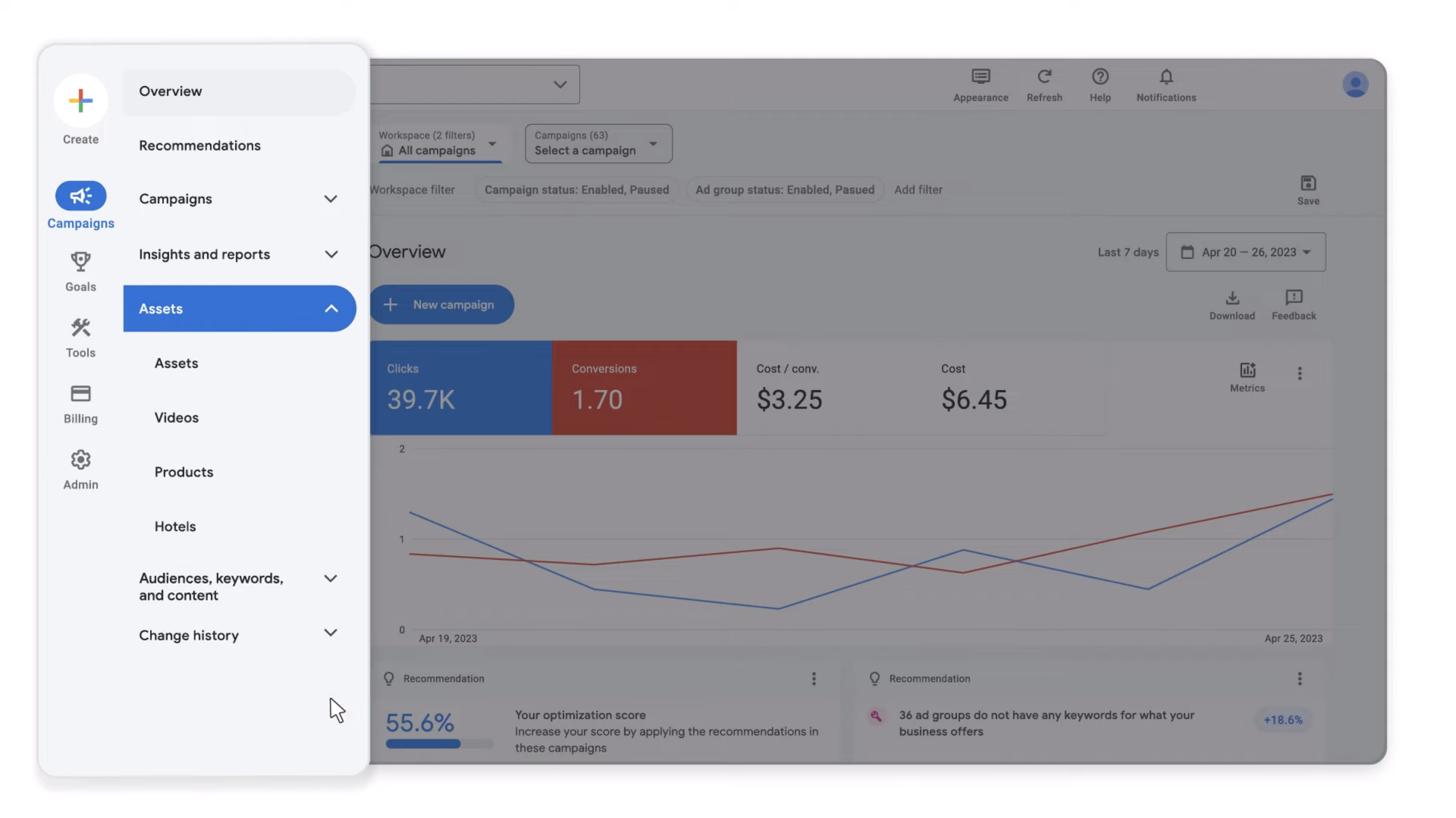The US healthcare market is one of the most demanding in the world, where medical professionals constantly seek ways to stand out.
We’ll cover key trends, challenges, and actionable tips across these areas.
Let’s begin by examining the world of general surgery and its role in today’s healthcare market.
The Role of General Surgeons in Modern Healthcare
While many surgical subspecialties exist, general surgeons remain the backbone of hospital-based and outpatient surgical care.
One major shift is the move toward same-day discharge and ambulatory surgical centers (ASCs), which offer cost savings and patient convenience.
Building a strong online presence, managing patient reviews, and using platforms like Google Ads can increase visibility, helping surgeons attract patients seeking trusted providers.

The Rising Demand for Rhinoplasty in the US
Rhinoplasty, or nose reshaping surgery, has become one of the most sought-after cosmetic procedures in the US.
Surgeons now use advanced imaging, 3D simulations, and minimally invasive approaches to tailor outcomes to each patient’s facial features.
Reputation management, online reviews, and strategic marketing—especially through social platforms and Google Ads—are critical to attracting patients.
The Importance of Endoscopy in Modern Diagnostics
Endoscopy has revolutionized gastrointestinal care by providing minimally invasive ways to examine the digestive tract.
High-definition imaging, narrow-band light, and capsule endoscopy now offer enhanced diagnostic accuracy.
Gastroenterologists benefit from marketing strategies that explain the value of early detection, outline procedure safety, and highlight insurance coverage.

How Google Ads Is Changing Medical Marketing for Doctors
Google Ads has become a powerful tool for doctors to reach potential patients at the moment they’re looking for services like general surgery, rhinoplasty, or endoscopy.
Tracking metrics like click-through rates (CTR), cost per acquisition (CPA), and return on ad spend (ROAS) helps refine campaigns over time.
Effective digital advertising bridges the gap between excellent clinical services and patient awareness, driving growth across medical specialties.
Integrating Medical Services with Digital Strategies
To thrive in the US healthcare market, clinics must integrate top-tier medical services with effective digital strategies.
Cosmetic surgeons offering rhinoplasty can showcase patient testimonials and high-quality before-and-after galleries on social media.
Clinics that invest in both clinical excellence and smart digital outreach position themselves for long-term success in the competitive US healthcare market.
How Clinics Can Succeed in a Competitive Medical Landscape
The US healthcare landscape is vast and competitive, but opportunities abound for clinics that combine medical skill with smart business strategies.
By staying informed about market trends and patient expectations, clinics can adapt and innovate.
By focusing on quality care and strategic visibility, your practice can navigate challenges and achieve sustainable growth for years to come.
Frequently Asked Questions for US Medical Clinics
What strategies help surgeons grow their practice?
Combining clinical excellence with smart marketing increases visibility and trust.
Why is rhinoplasty so popular in the US?
Rhinoplasty appeals to patients for both aesthetic and functional reasons, including improved breathing, facial harmony, and self-confidence.
Why is endoscopy critical for patient care?
Endoscopy offers minimally invasive, highly accurate ways to diagnose digestive conditions, detect early-stage cancers, and guide treatment plans.
Why should doctors use Google Ads?
It helps increase online visibility, drive website traffic, and convert leads into appointments.
How will healthcare marketing evolve?
Practices must stay agile, adapting to digital trends while maintaining ethical standards.
valor consulta particular
Comments on “The Growing Medical Market in the USA: How Surgeons, Rhinoplasty, Diagnostic Procedures, and Digital Marketing for Doctors Are Transforming Medical Practices”